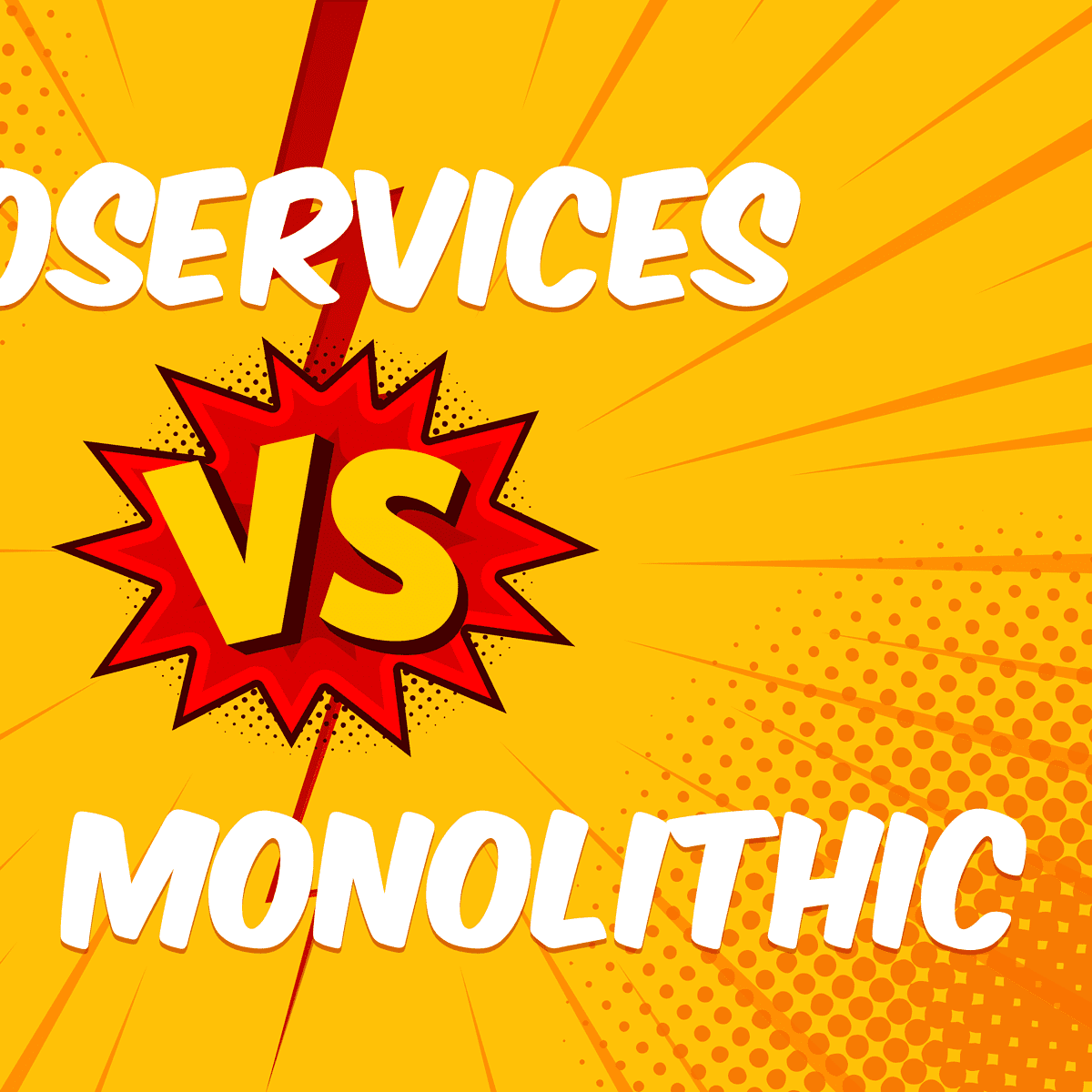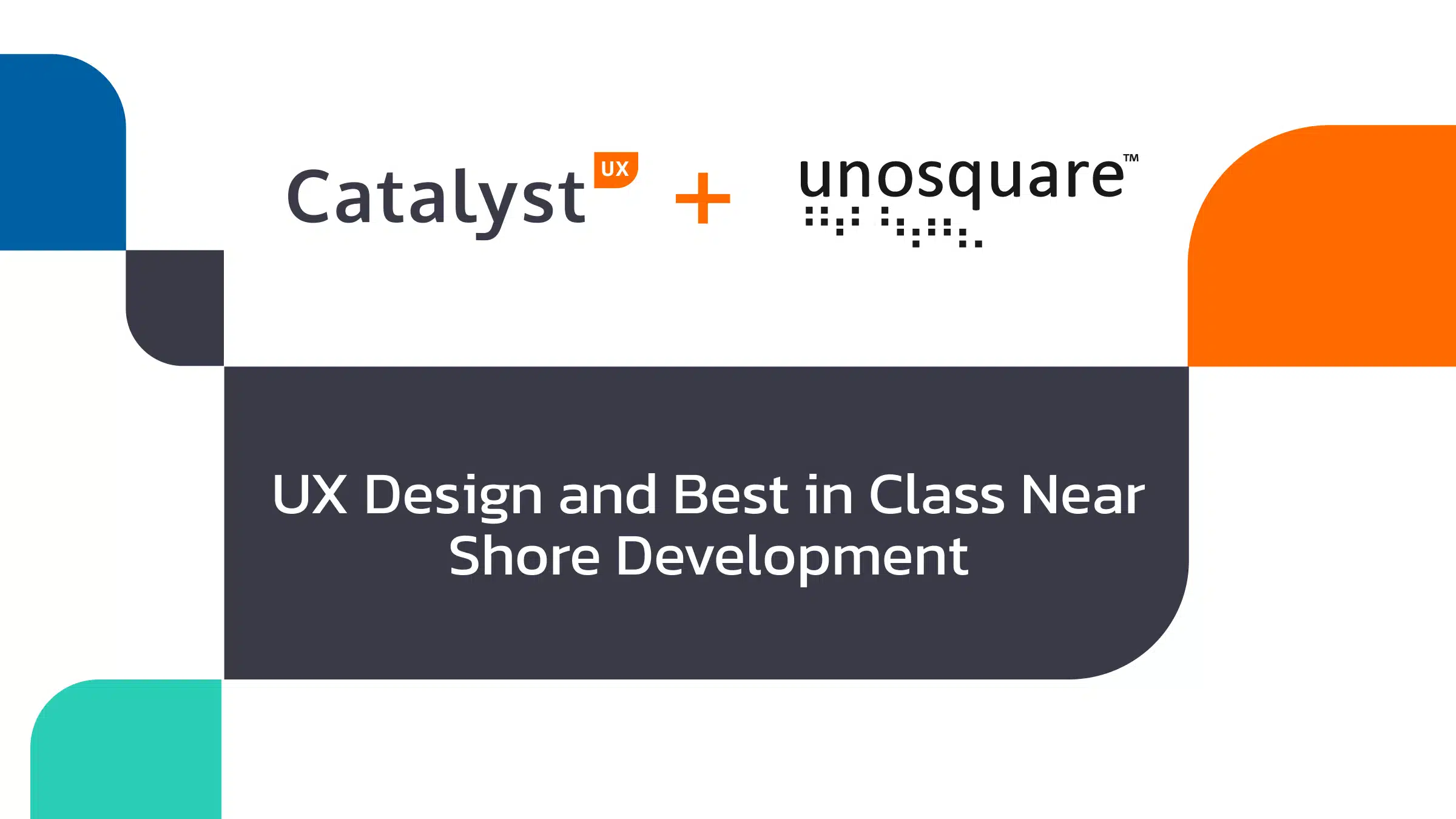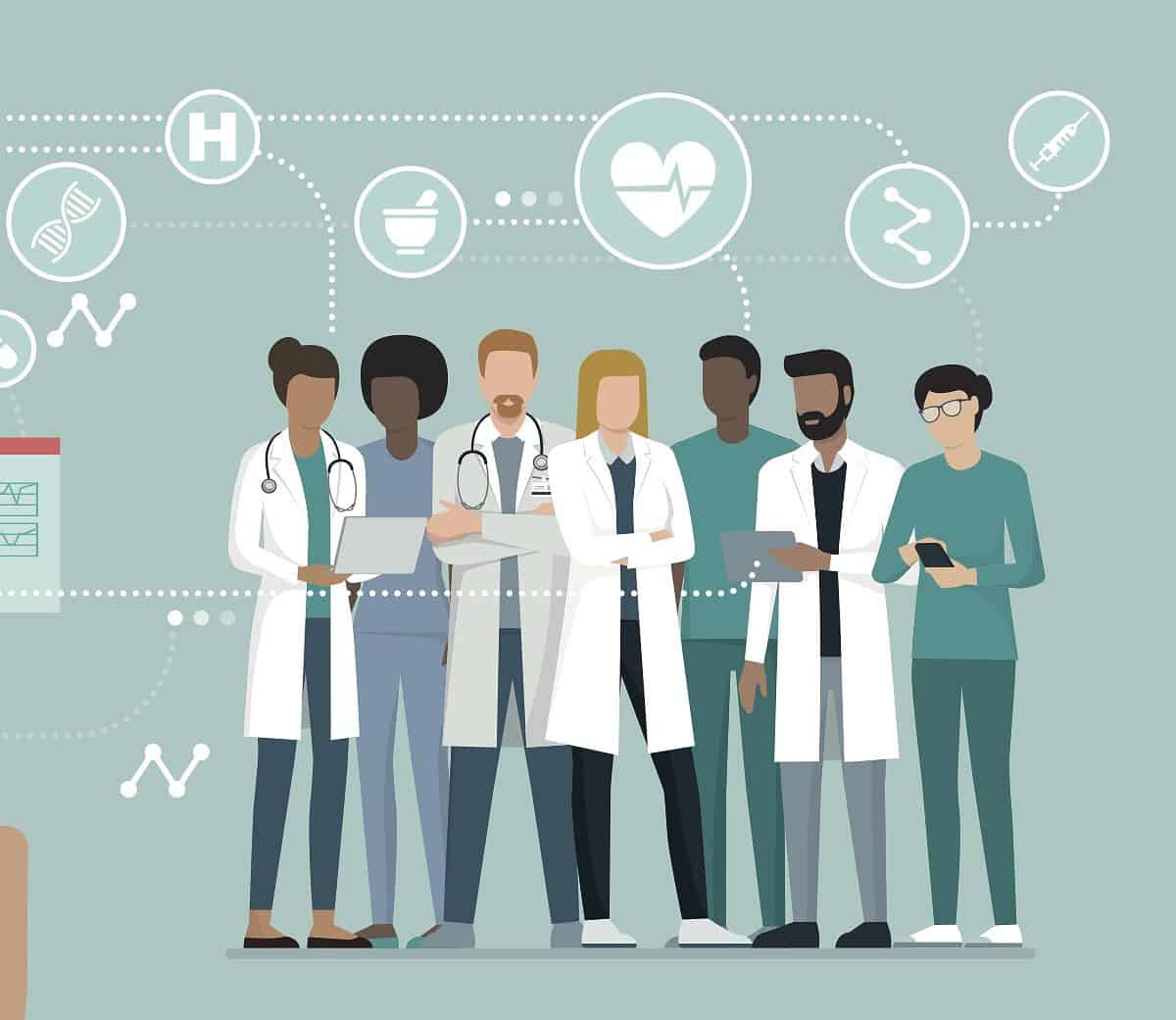Choosing software architecture is one of the most crucial factors when it comes to influencing the outcome of your project. How do you know what to choose when deciding between monolithic and microservices? The latter has become extremely popular in recent years, but is it the best option for you? In this blog post, we’ll break down microservices vs. monolithic to help you choose the best one for your needs.
Recently a client in the media industry came to us with a request to find software delivery professionals for a “modernization” effort. They were moving to a microservices approach, needing support to this new architecture structure and moving away from a monolithic application.
What is a Microservice?
With the microservices approach, the application is broken into a series of modules where each one relates to a specific business objective, with individual services working independently.
They are now well on their way to implement CI/CD capabilities across their entire platform and a more DevOps friendly environment.
What is a Monolithic application?
Conversely, a monolithic architecture is one large system, with the codebase, database, UI, and all other parts, including the business rules, are interconnected. These dependencies create more complex applications with mutual dependencies on one another. By nature, they are more complex applications that are more “traditional” in their development.
What are the main differences between Monolithic and Microservices architecture?
Monolithic architecture is one large system and usually contains one codebase. It’s strictly controlled and becomes more complex as the application evolves. Everything is so tightly coupled together and all changes are managed in one place.
In contrast, the microservices architecture uses small independent modules based on functionality. Each service and project is independent of each other. As more businesses constantly add and change functionality, this method has gained popularity. According to a recent survey, almost one-third (29%) of respondents say their employers are migrating or implementing a majority of their systems (more than 50%) using microservices.
If your company’s system is currently monolithic, the trends are pointing toward that changing in the near future, moving towards microservices.
Pros and cons of a Monolithic architecture
Next, let’s take a look at the pros and cons of going with monolithic architecture so that you can better understand what to choose.
Pros
Easy development
Since monolithic applications perform as a single unit, developers don’t have to think about complex communication processes. Often, they’re easy to build and less time-consuming when compared to microservices architecture. Consider that most software developers are accustomed to this model, the talent to support and maintain a monolothic architecture is not difficult to find.
High performance
These apps are usually built using high-performance, backend technologies such as Java or .NETCore. This means that your app will be able to handle more requests than if it were split into smaller parts.
Cons of Monolithic Architecture
Difficult to use new technologies
If you find you need to use new technology you’ll run into some challenges. Applying new technology takes a lot of time and effort with this type of architecture because it requires you to rewrite the entire application.
Limited agility
Monoliths are hard to change. If your business changes or needs evolve, then you have to start from scratch. This is not ideal for agile development where you can quickly adapt to different requirements. Knowing your user base and a firm understanding of your long-term development roadmap are keys to deciding when to move to using microservices.
Reliability concerns
A single point of failure means that if one part fails, everything fails and your developers can be left scratching their heads trying to figure out what went wrong. This may also lead to extended periods of unplanned downtime.
Pros and cons of a mircoservices architecture
Now, let’s take a similar approach to microservices. We’ll provide more context about the pros and cons to inform your decision.
Pros
Scalability
The biggest advantage of microservices architecture is its ability to scale easily. Since every module is separate from others, adding additional servers doesn’t require as much effort. All you need to do is ensure that each component communicates effectively with the rest of them. If your business model is showing growth ahead, microservices would be the right architecture to support scalability.
Increased agility
System component updates can be updated without interfering with the whole application because each unit can be built independently.
Flexibility
Microservices are flexible in nature which allows developers to build applications using different programming languages or frameworks. For example, if a developer wants to use Java for one part of an app but Python for another, they don’t have to worry about compatibility issues since both parts will work together seamlessly. Here is where Agile project management and communication amongst different teams is key. If your teams are not collaborating effectively, deployments in a microservices architecture will be consistently challenged.
Cons
Time and expenses
Building a microservices architecture requires extra work since you’ll need to develop many smaller components instead of one big one. Also, you may find yourself having to pay more money because each piece requires different resources. We mentioned early on the “modernization” effort of one of clients. To accomplish this, they needed to find new skill sets, expand the team, and educated existing team members. There were upfront costs, and but long-term planning showed that moving to a DevOps approach and more unit testing from the development teams would be cost effective and therefore moving to microservices was the correct direction for them to take.
Security concerns
Microservices architectures have security issues as well. If any component fails or gets compromised then all other parts can get affected too. In addition, if an attacker manages to compromise just one part they could use this access point to attack others.
Organizational changes
Adopting microservices requires organizations to shift their mindset from monolithic applications towards small services that are easier to manage. This isn’t always easy for some companies who already know how things have been developed in the past.
Is Microservices better than Monolithic?
The answer to this question isn’t as simple as it may seem. Making the right decision of which architecture to choose depends on several factors. You need to have a knowledgeable team or partner and the infrastructure in place. Your team also needs to understand the complexities that come with making this change.
The simplicity of a monolithic architecture:

Which is faster: Monolithic or Microservices?
The microservices architecture makes iterations and continuous development easier. Since this allows you to break down a large suite of features, not tied to any dependencies, you can create a loosely linked system that’s easier to update. Microservices are supportive of a software development lifecycle that focuses on automation testing and CI/CD to cover the connections between development and operations. This means you can add and launch new features more quickly and be responsive to the needs of your user base.
An example of a contemporary microservices architecture and related tech:

When should you choose Monolithic over Microservices?
For a simple or lightweight application that won’t require frequent updates, monolithic is your best bet. For more complex applications with requirements that may change over time, microservices are the better choice.
Want to outsource the development of your application?
We can help. Unosquare works with the best talent in the world. That way, you can move forward on your product with confidence and bring in the expertise you need to get your software development project done. Let us provide expertise for your teams in a way that is fast, transparent, and efficient.
We have over 750 software delivery professionals working across our client base, actively engaged with monolithic applications and modernization efforts to migrate to microservices.
To find out more about what Unosquare can do for your organization, check out our blog.



